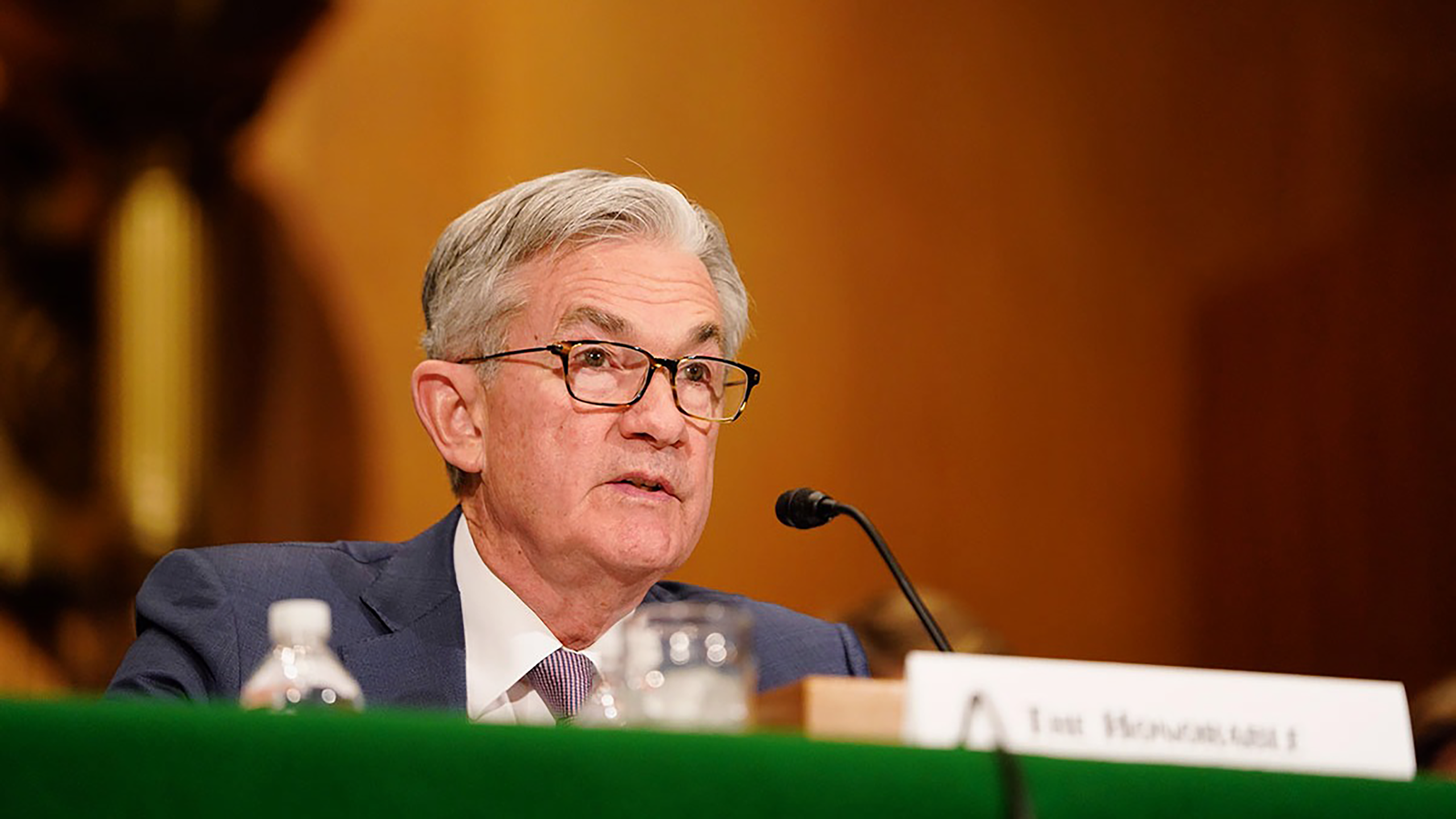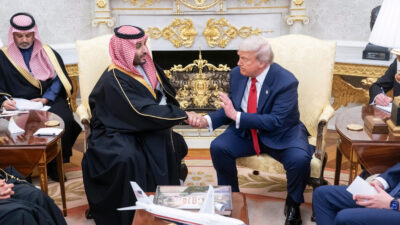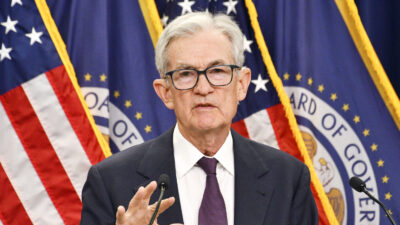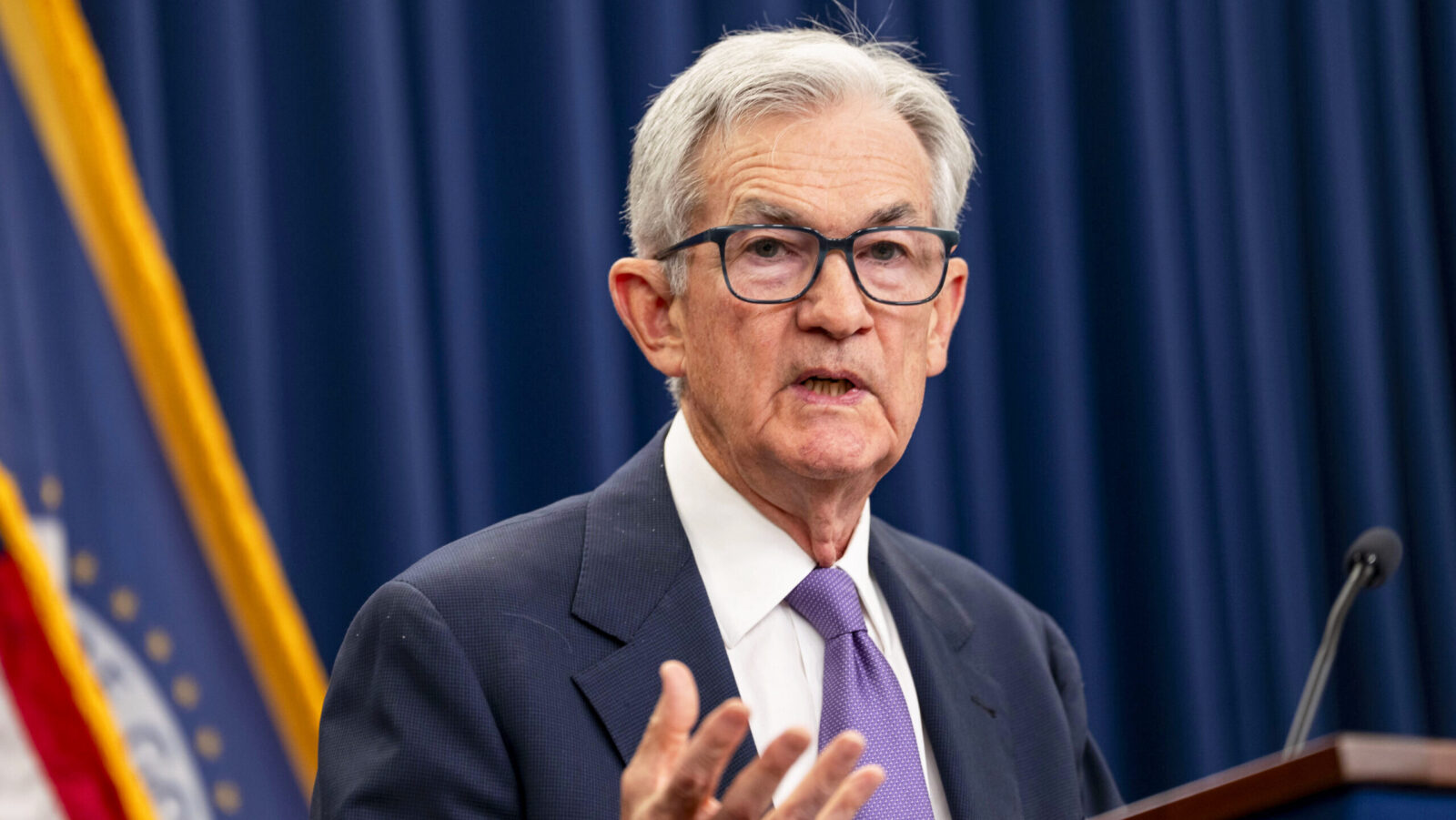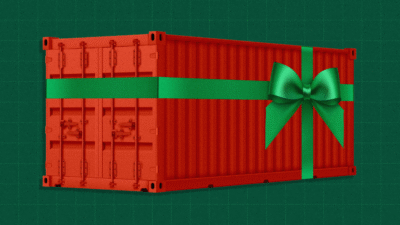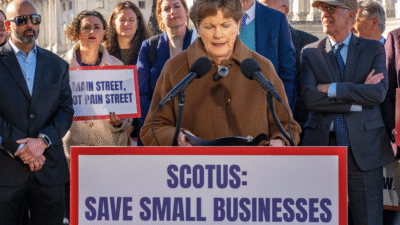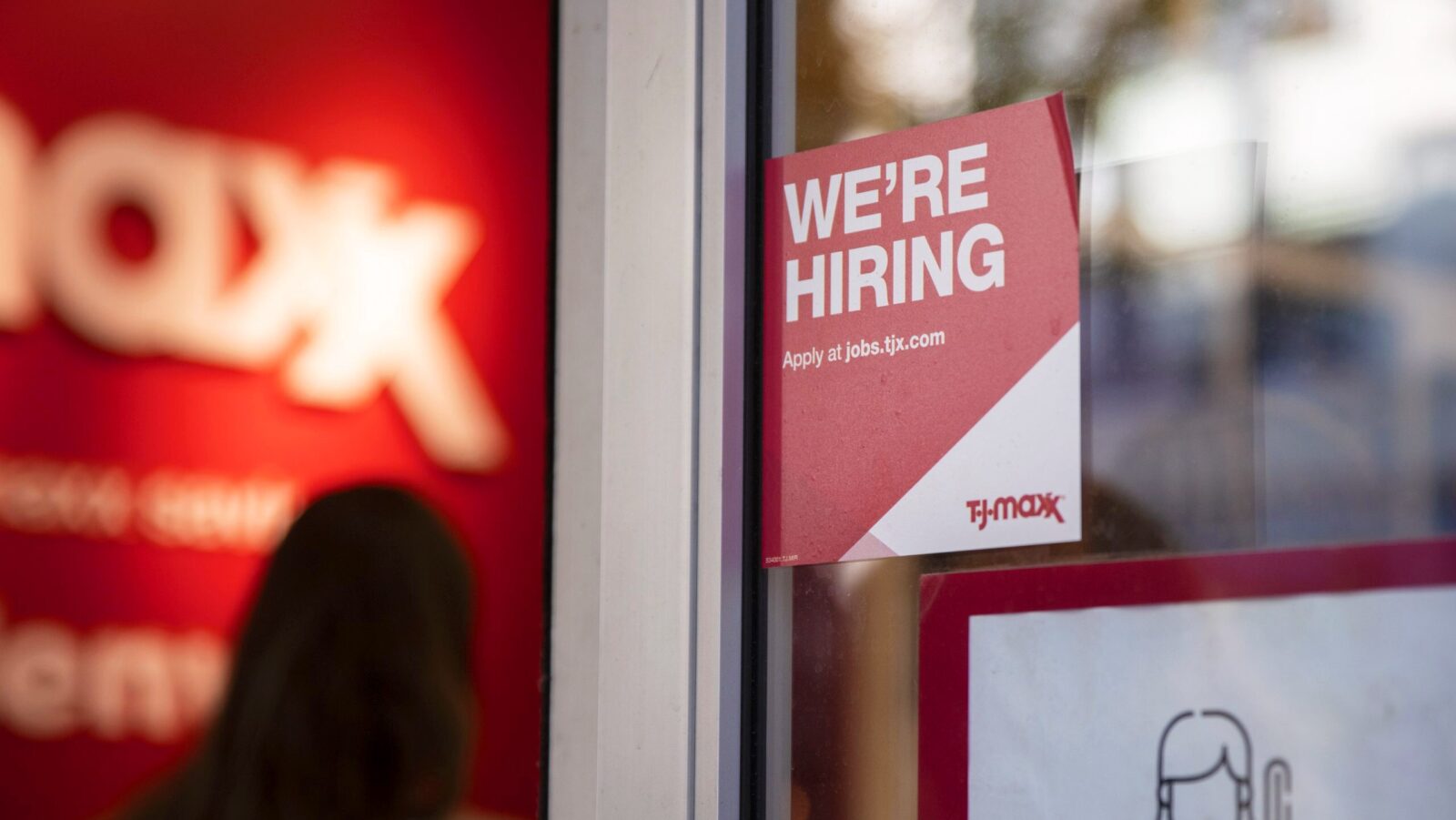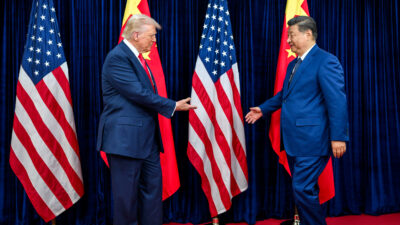Fed President Hints at Inspo for June Rate Cut
Cleveland Fed President Beth Hammack said the central bank could be ready to take monetary policy action beginning in June.
Sign up for smart news, insights, and analysis on the biggest financial stories of the day.
Even if the Amazing Kreskin had a PhD in economics, he’d still have struggled to read the Fed’s mind. Many have tried, nearly all have failed.
But there are times that members of the central bank’s monetary policy committee will just blurt out what they’re thinking. That was the case Wednesday, as Cleveland Fed President Beth Hammack — an alternate this year — said “clear and convincing data” could prompt interest rate action, suggesting the central bank is ready to move if economic conditions call for it.
Torn in Two Directions
Speaking on CNBC Thursday, Hammack called on policymakers to “be patient” when it comes to monetary policy and to take their time “looking at the data, the hard data.” That was an effective endorsement of the market’s expectation that the Fed will almost certainly leave rates untouched when it meets on May 6 and 7.
Meanwhile, the numbers that could persuade the Fed to move — which Hammack hinted could happen at its June meeting — come down to a game of macroeconomic tug of war. On the one hand, the Trump administration’s tariff plans have led to persistent fears that inflation may worsen in the coming months. That hasn’t materialized yet — March saw a lower than expected 2.4% CPI reading, for example — but it could pressure the Fed to stand pat for longer and hold rates. Insert your gripe about egg prices here.
On the other hand, those same tariff forces have threatened to hamper economic growth — JPMorgan Chase has pegged the odds of a US recession at 60% this year and Goldman Sachs at a more conservative but still serious 45%. Slowed growth would encourage rate cuts to stimulate activity. One key economic indicator, the jobs market, has remained resilient, with new data Thursday showing only a marginal uptick in unemployment claims last week. Hammock said the coming few weeks will be instructive for what’s next:
- “If we have clear and convincing data by June, then I think you’ll see the committee move if we know which way is the right way to move at that point in time,” she told CNBC. Waiting until the Fed’s June 17 and 18 meeting would give the Fed time to see two months of CPI data scheduled for release in mid-May and mid-June, as well as first-quarter GDP estimates scheduled for release in the next few weeks.
- Investors pegged the chance of a June rate cut at 65% as of Thursday, up roughly four percentage points from the previous day, according to the CME FedWatch.
Hammack did flag a worst-case scenario of sorts: “If it’s higher inflation, lower employment, that’s where things get really complicated.”
Reason to Yield: The yield on 10-year Treasuries declined seven basis points to 4.31% on Thursday, in part because President Trump said the US and China are in talks to resolve a trade war (which Beijing denied, reiterating its call for a unilateral disarmament) and as he pulled back on heated rhetoric about the Fed’s independence. That is good news considering yields have recently shot up despite the economic uncertainty, leading to worries US assets had lost some appeal as a safe haven.
